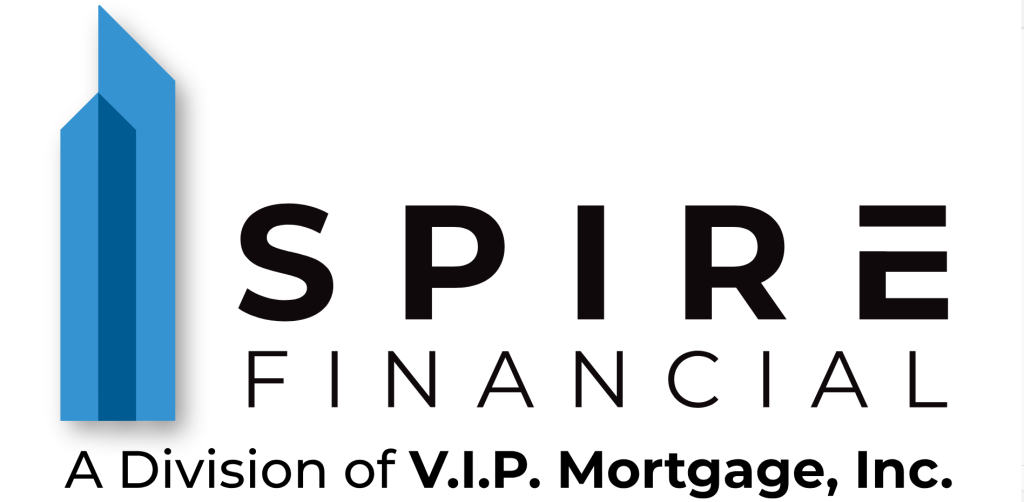The mortgage process
Getting a mortgage to buy a home can be intimidating.
Fortunately, while the process is detailed, the steps are predictable. You’ll follow the same process whether you work with an independent mortgage broker, a mortgage lending company, or a bank or credit union. Have questions? Contact us to ask a Thrive REALTOR®!
The Mortgage Lending Process
From start to finish, here’s what buyers can expect when getting a mortgage:
1.
Consultation
The best lenders will provide you with a complimentary consultation to ask them questions, get to know them and understand their process. This is best done in person, but a call or web conference is common as well.
2.
Lender Selection
Your lender should provide custom loan options (usually 3) with detailed information on costs, rates, payments, cash to close, etc. based on your goals. The best lenders provide this to you even WITHOUT committing to them.
3.
Lender Selection
You choose the lender you feel is best for you. Many buyers make the mistake of choosing a lender based on rates. This is a common mistake as rates can be manipulated and costs can be hidden. In addition, rates change hourly, just like a stock.
4.
Pre-Underwriting
This is the strongest and most powerful type of “approval” (see below). It is critical to understand the differences, and to make sure your lender does too. The best lenders will be willing to pre-underwrite you. You will supply a LOT of information in this step.
5.
Loan Application
This is not officially done until you are making an offer. This is your formal request for a loan.
6.
Disclosures
Federal law mandates all lenders to provide you loan disclosures and for you to sign them within 24 hours. Your rate, APR, fees and costs should all be disclosed.
7.
Underwriting Part I
This is the underwriter’s review of all the documents related to you AND the property. If you were pre-underwritten, this step is usually quite simple, and usually simply requires your most recent pay stubs, account statements, etc.
8.
Appraisal
Lenders require an appraisal on almost all home sales. The lender needs to approve both you AND the home before they commit to lending you the money to buy the home.
8.
Underwriting Part II
Anything that may have been outstanding from Part I, as well as the appraisal, is reviewed and verified.
10.
Closing
The title company and your lender work together to create the closing package for you to sign and funds are wired. Once signed, you get the keys and move to your better life!
3 Types of Approval:
1. Pre-Qualification
Typical of big banks and online brokers. Requires minimal documentation or verification. This is the weakest type of approval. The best lenders will not do them.
2. Pre-Approval
Some documentation such as tax returns, W2’s, pay stubs, and account statements are provided and verified by a loan officer or processor. In addition, credit is usually checked. Underwriters, the folks who will make the final decision about your loan, are not involved. This is the most common approval type and is stronger than the Pre-Qualification.
2. Pre-Approval
Some documentation such as tax returns, W2’s, pay stubs, and account statements are provided and verified by a loan officer or processor. In addition, credit is usually checked. Underwriters, the folks who will make the final decision about your loan, are not involved. This is the most common approval type and is stronger than the Pre-Qualification.
3. Pre-Underwriting
With this level, all documents in the Pre-Approval level in addition to IRS transcripts, employment verifications as well as more forensic, borrower specific, documents are provided and verified by an underwriter. Most lenders will not take this step, but this is the strongest approval and gives you the most negotiating leverage when making an offer.



